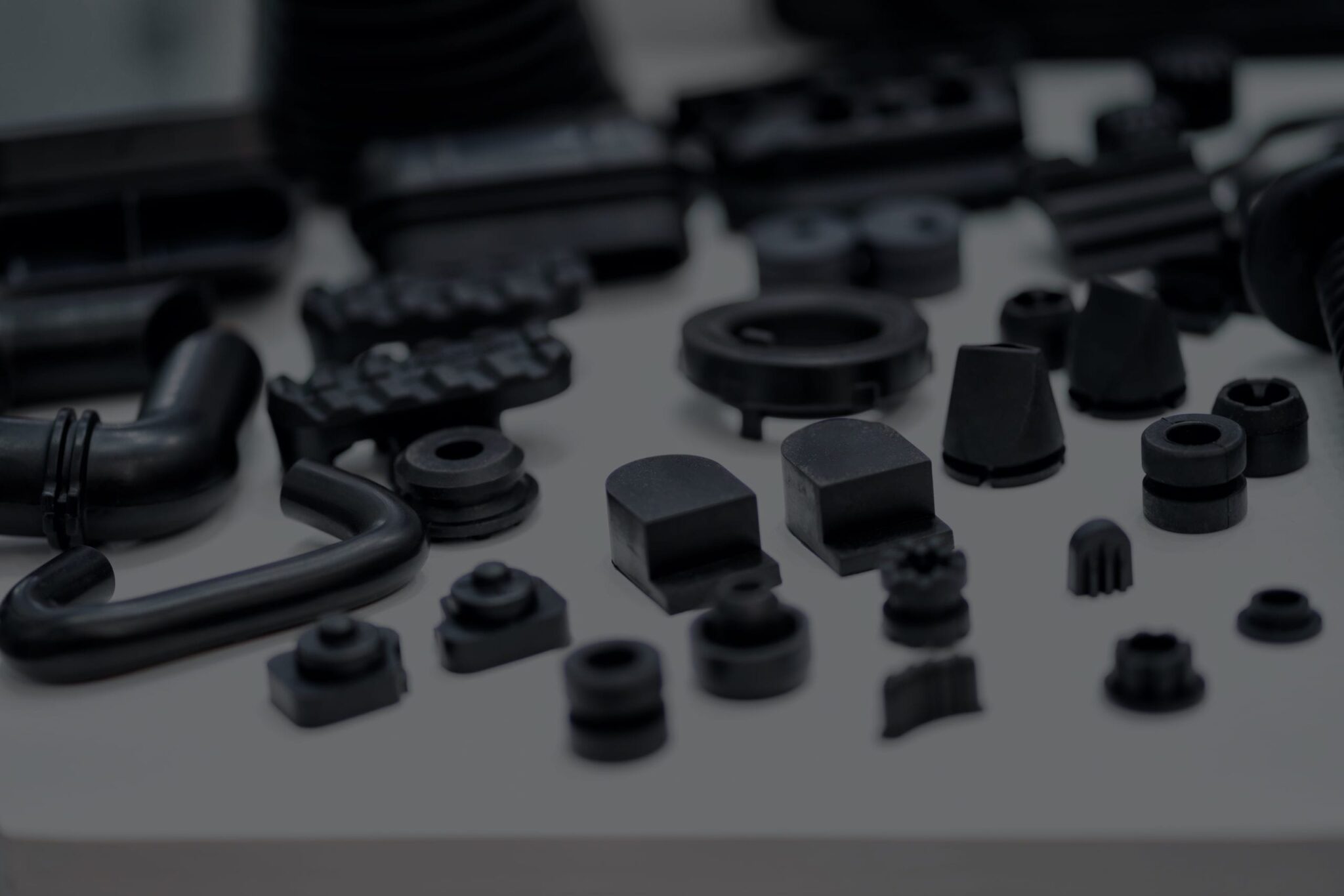

Previously published on fastradius.com on January 28, 2020
Engineers often rely on metals to create robust products because they are strong, typically corrosion resistant, thermally stable, and are fairly well understood across the engineering community. Given advances in highly engineered thermoplastics and thermosets, manufacturing techniques, and digital design tools, plastics are more capable than you might imagine. It is possible that you are over-engineering your part by making it out of metal and missing out on the many favorable properties of plastics.
In order to decide if your part is a good candidate for conversion from metal, it is important to understand the performance requirements of your product. What are the operating conditions? What are the loading cases? How much creep/fatigue is acceptable? What are the specifications surrounding chemical and UV resistance? Your part may have non-negotiable requirements that make them unsuitable for conversion, but the wide range of material properties and plastic varieties in the market make finding a suitable alternative easier than ever before.
Although plastics don’t have the strength of metal, certain plastics are strong enough for many applications. For example, Cyanate Ester, a proprietary polymer made for Carbon’s® Digital Light Synthesis (DLS) technology, has high heat deflection, strength, and stiffness. In particular, the stiffness is comparable to a glass-filled nylon and has been used to replace some legacy metal components where cost or weight are more important considerations. Thoughtful redesign making use of complex structural features such as ribs and gussets might allow you to convert your part from metal to plastic and still meet your functional requirements.
In some cases, plastic parts may even perform better than metal parts. Metal parts with complex geometries sometimes require secondary processes like welding separate components together to achieve the final geometry. Welds introduce points of potential weakness and corrosion, whereas a plastic component can be produced as a single piece without these flaws, as seen in the picture below.
Today’s plastics also offer a wide array of functional benefits. For example, gears are good candidates for conversion, because the right plastic might not require external lubrication, which metal often does. Additionally, in a highly corrosive environment the plastic part might have longer lifetime and ultimately out-perform its metal counterpart.
Other functional benefits of plastic include improved sealing, vibration, sound dampening, and electrical and thermal resistivity. Plastic manufacturing methods also achieve higher tolerances than sheet metal or casted components. Lastly, plastic manufacturing methods give you more control over the aesthetics of your product, allowing you to customize colors, add custom logos, or apply textures.
There are many cost savings to uncover through redesigning metal parts. An obvious example is in aerospace, where mass reduction of mere ounces translates to meaningful dollars. Other areas where you might find savings include:
Here’s an example of real cost savings from our business. Air ducts are great candidates for part consolidation because geometry and airflow can be optimized with additive. SyBridge manufactures the cooling duct in the HP 500/300 printer series using HP MJF. By consolidating eight parts (primarily metal) into one, HP was able to simplify their supply chain and lower the component cost by 30 percent.
Many factors play into the decision of which plastic manufacturing process to use. The following factors provide guidance on when to consider additive manufacturing over traditional molding techniques.
Just because something works doesn’t mean you shouldn’t try to make it work better. Converting metal parts or assemblies to plastic can be a great place to find efficiency and cost savings in your BOM. Here at SyBridge, we’ve helped countless companies improve product design and performance by converting from metal to plastic. For example, we converted the traditional heat exchanger to Cyanate Ester and got a 2x improvement in heat-transfer. We also helped Bastian Solutions create a lighter arm for its materials-handling robot by making a single part additively with PA 12 instead of an assembly primarily comprised of metal.
So, the next time you are designing a metal part, we challenge you to stop and ask yourself: could this part be made better with plastic?
Do you want to stop over-engineering your metal parts? Reach out to the experts at SyBridge, who can help you identify parts, redesign them, and manufacture them more efficiently.
Forget typical cycle times. We're pushing the boundaries of conformal cooling. While traditional approaches deliver…
Forget typical cycle times. We're pushing the boundaries of conformal cooling. While traditional approaches deliver…
From left to right: Brayden Janak (apprentice); Logan Vifaquain (CNC machining, Programming and CMM); Ron…
SyBridge Technologies is proud to announce we have been awarded the 2023 General Motors Supplier…
Today, designers and engineers are accustomed to working with digital tools in their day-to-day jobs.…
Optimizing Your Injection Molding Process for Cost-Effective Manufacturing Excellence In today’s competitive landscape, manufacturers are…